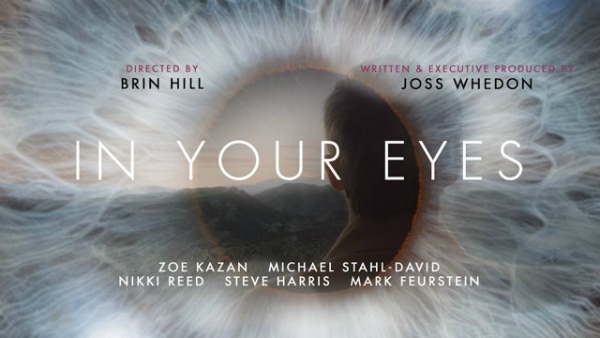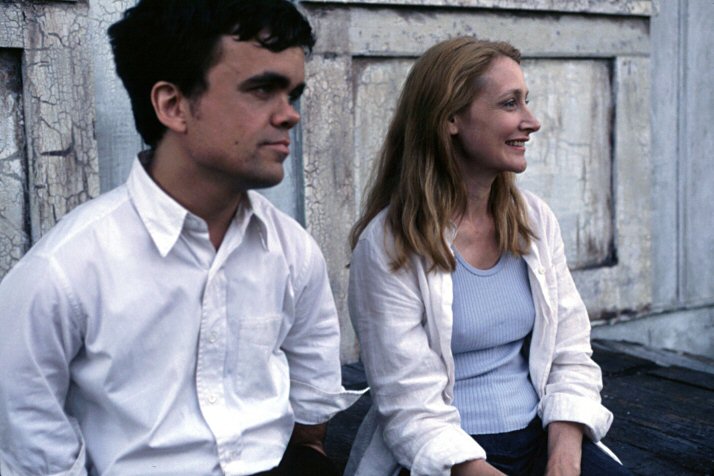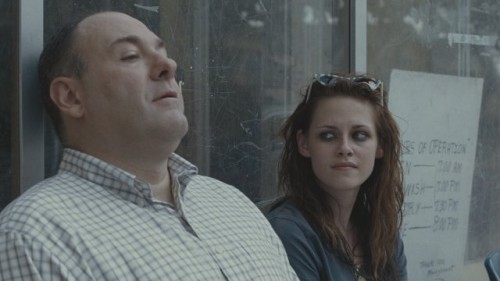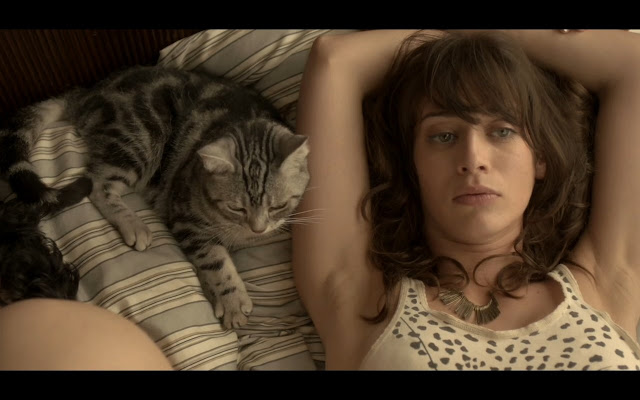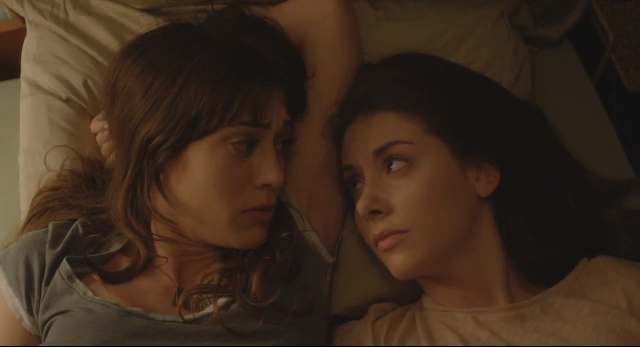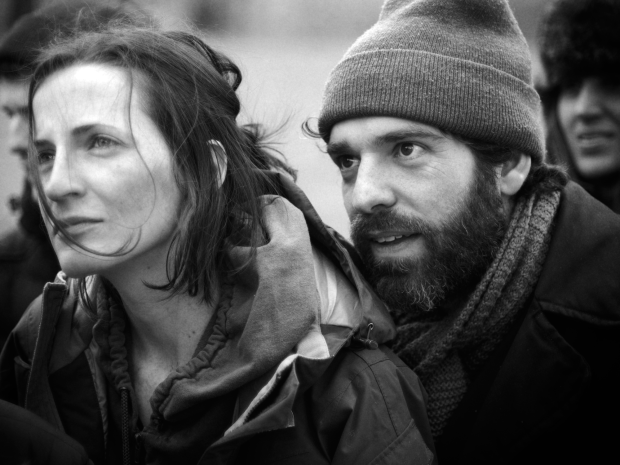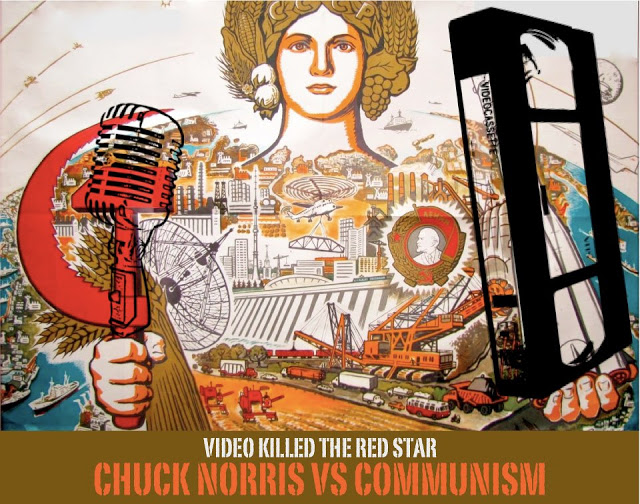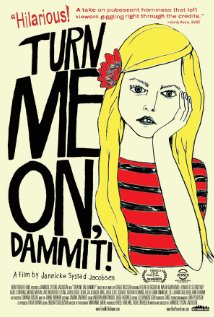Written by Amanda Rodriguez.
As a dedicated fan of much of writer/director Joss Whedon‘s work (Buffy the Vampire Slayer, The Cabin in the Woods, and Dr. Horrible’s Sing-Along Blog to name a few), I looked forward to watching Whedon’s latest film: Vimeo’s video on demand indie flick In Your Eyes. The film is a supernatural love story, featuring a man (Dylan) and woman (Becky) who live on opposite sides of the country and discover they’ve been psychically linked since adolescence when Becky had a sledding accident.

In Your Eyes is beautifully shot with rich colors that starkly contrast Dylan’s arid New Mexico home with Becky’s snowy New Hampshire location. Not only that, but I enjoyed the hip, indie soundtrack, featuring songs from Iron & Wine, Santigold, and The Lumineers (among others). The concept of having a couple telepathically fall in love when separated by great distances poses unique challenges to filming, and those were all handled surprisingly well: mainly the conceit of the characters seeming to carry on conversations with and by themselves while evincing chemistry and a growing affection. This is the equivalent of green screen acting where the performers can’t feed the scene with one another’s delivery or energy. Unlike, say, the new Star Wars trilogy where all the acting was wooden (in part) because of the green screen challenge, In Your Eyes managed to convey a warmth and liveliness to Becky and Dylan’s interactions that are missing from the flatness of their real-life encounters with others in their day-to-day lives.

Interestingly, the vibrancy of Becky and Dylan’s love brings these two oft misunderstood loners together but further isolates them from the outside world. Though both characters evolve as a result of this new intimacy, we find them even further withdrawing from the potential for interdependency in aspects of their “real” lives like work, marriage, and social interactions. Neither of them are happy with their lives, but using a secret, long-distance romance and fantasies of escape as lifelines are not particularly healthy or sustainable solutions. As a writer, I also find this to be lazy storytelling. So many scenes are of our lead characters alone in rooms talking to themselves. Not only that, but the more interesting story is what life looks like once Becky and Dylan don’t have the obstacles of distance and unhappy lives between them. Do they integrate better into the world as a unit? Do they continue to feel compelled to speak to each other telepathically all day, every day if they see each other daily? Is this connection all it really takes to heal each other them? We’ll never know.

Speaking of lazy storytelling, the psychic premise of In Your Eyes is never fully explored. Why are these two linked? Does this make them soulmates? Do they have other yet undiscovered abilities? Are there others like them in the world? Even the boundaries of their telepathic link are haphazardly explained. For example, we learn that they can hear, smell, and feel things in each other’s environments (as evinced in an awkward mutual masturbation session), but can they physically control things in each other’s environments, too? Does distance matter, i.e. does their communication get stronger when they’re closer and fainter when they’re further apart? Not only that, but Dylan and Becky are simply not that curious for answers. If I discovered a psychic link between myself and a stranger across the country, you can bet your ass I’d be obsessed with understanding the why and how of it.

My final and greatest critique of In Your Eyes is how damned trite the story is at its core. When you take away the gimmick of the unexplained and unexplored psychic connection, we have a pretty tame hetero, long-distance love story about two white people who conform to traditional gender roles. Dylan actually hops a plane and ends up in a standard car chase with the cops because he’s white knight’ing it up, on a mission to rescue Becky, the imprisoned/institutionalized damsel in distress. Frankly, that’s boring and uninspired. Simply reversing the gender roles, making Becky the ex-con and Dylan the kept trophy spouse, would have made this story more compelling. I’ve come to expect a lot more from Joss Whedon. At the very least, I expect him to have a more racially diverse cast, amazing dialogue that delights, plotlines that subvert expectations, and, most importantly, empowered female characters.
